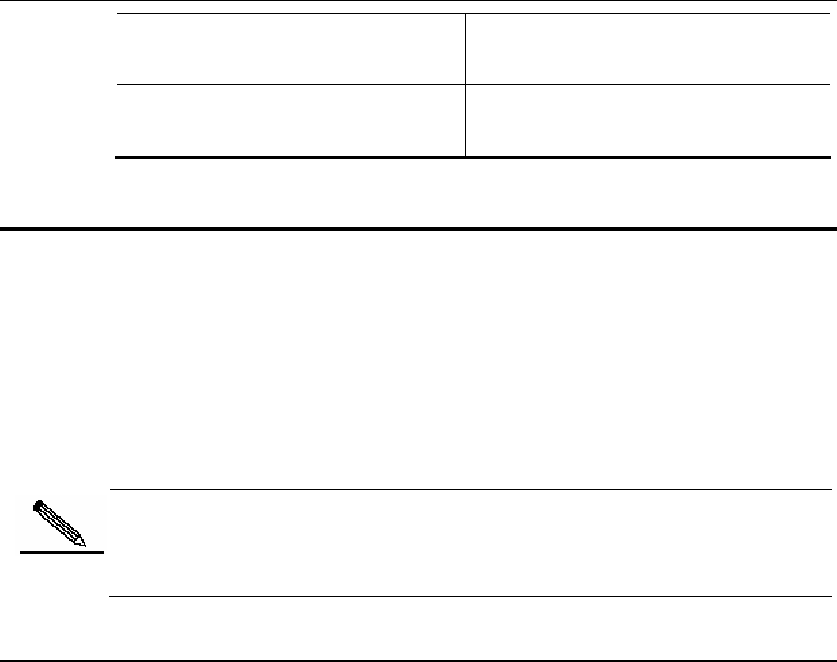
DES-7200 Configuration Guide Chapter 1 Protocol-Independent
Configuration
1-15
show dampening interface
Display the overall statistics of
dampening interface
show interface dampening
Display dampening details of all
interfaces
1.5 Switch ECMP/WCMP Policy
In the switch, when the hardware forwards and stores ECMP/WCMP routes, load
balancing policy is also involved. When the route has multiple next hops, the
hardware can select a next hop according to the policy set. The switch will select
different fields of the packets as the keyword according to our settings, and send
them to the hash as input (there are two algorithms available) to select the
appropriate hop. The appropriate packet characteristic fields and hash algorithm
means more balanced traffic on the egress direction.
Note
Use the maximum-paths command to set the maximum equivalent route
number.
1.5.1 Selecting Hash Keyword
you can set the hash keyword to the combination of source IP address,
destination IP address, TCP/UDP port number, and user-define (UDF). UDF is a
value in the range of 1 to 128 used as the seed value for hash calculation. Among
various keywords, SIP is required, while others are optional. Various possible
combinations are listed as below:
SIP
SIP & DIP
SIP & TCP/UDP port
SIP & UDF
SIP, DIP & TCP/UDP port
SIP, DIP & UDF
SIP& TCP/UDP port & UDF
SIP & DIP & TCP/UDP port & UDF
The default keyword has only SIP and is not configurable. That is, the HASH
keyword is source IP at any time.


















